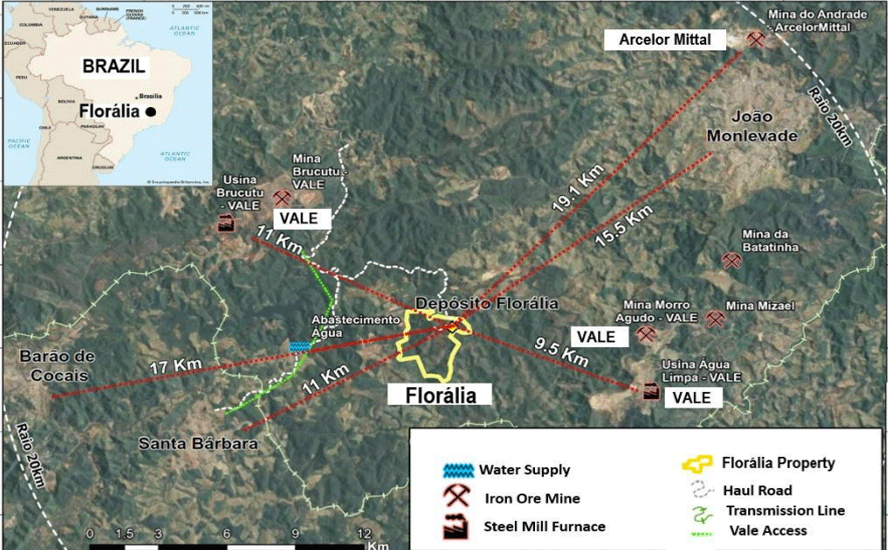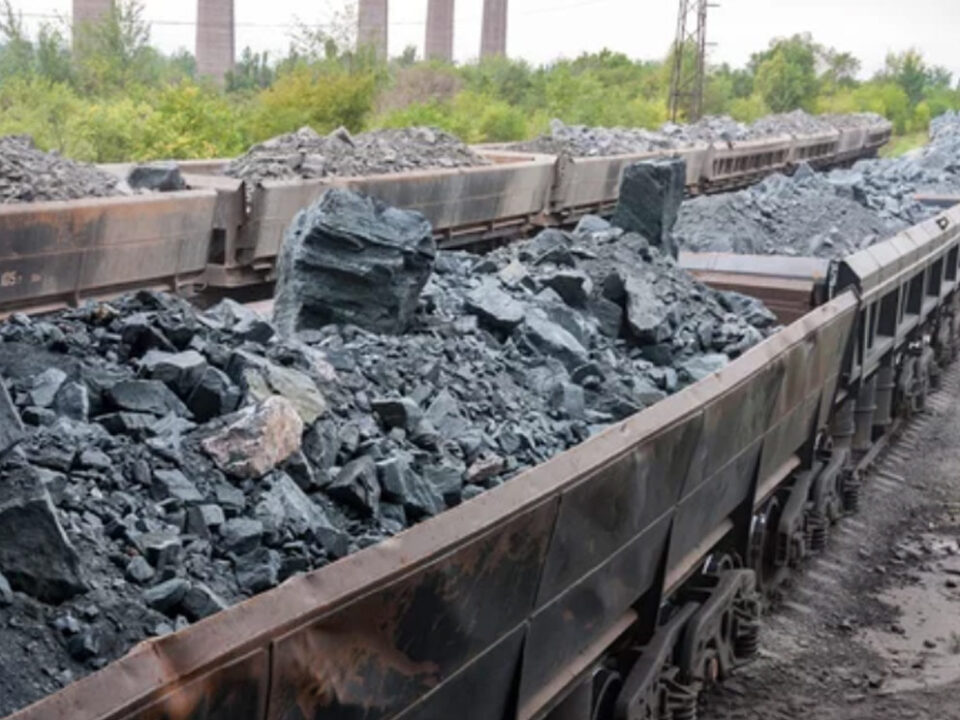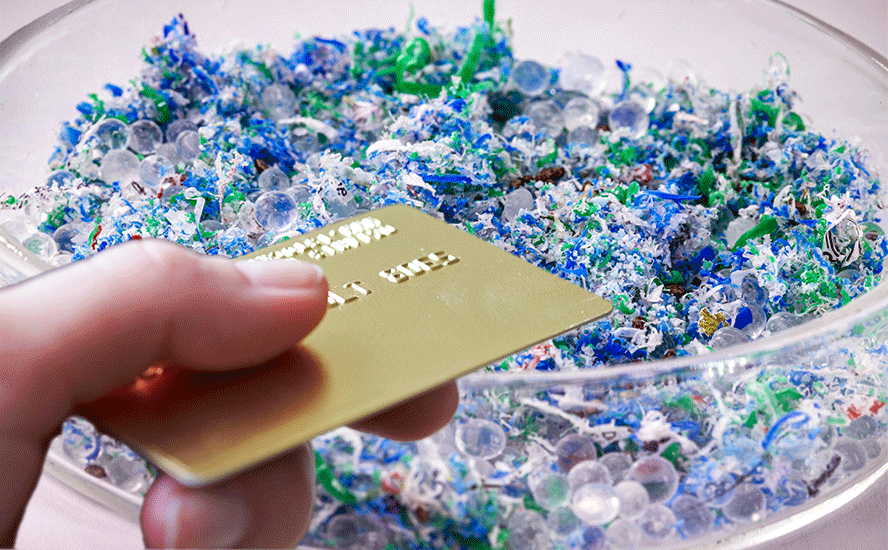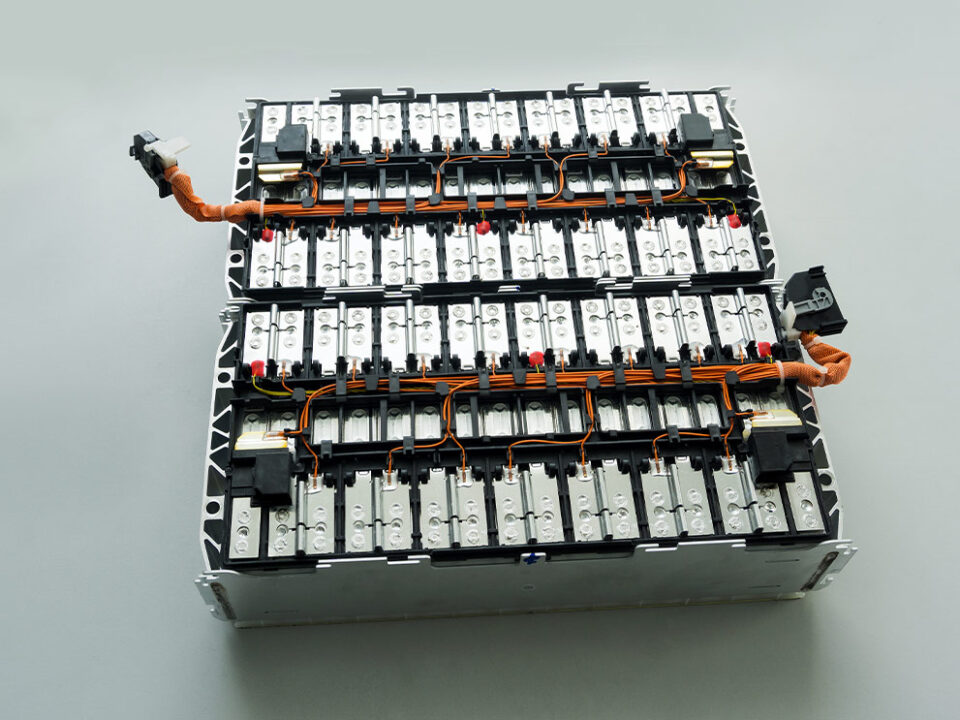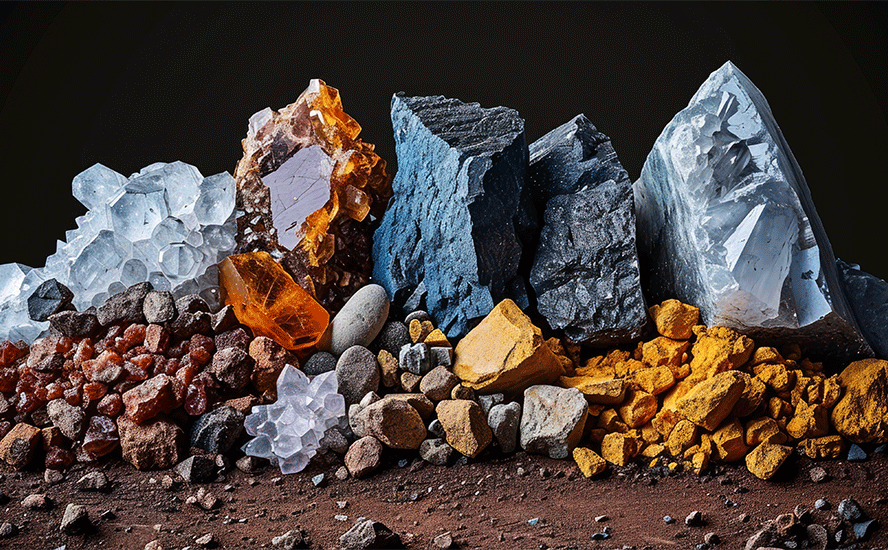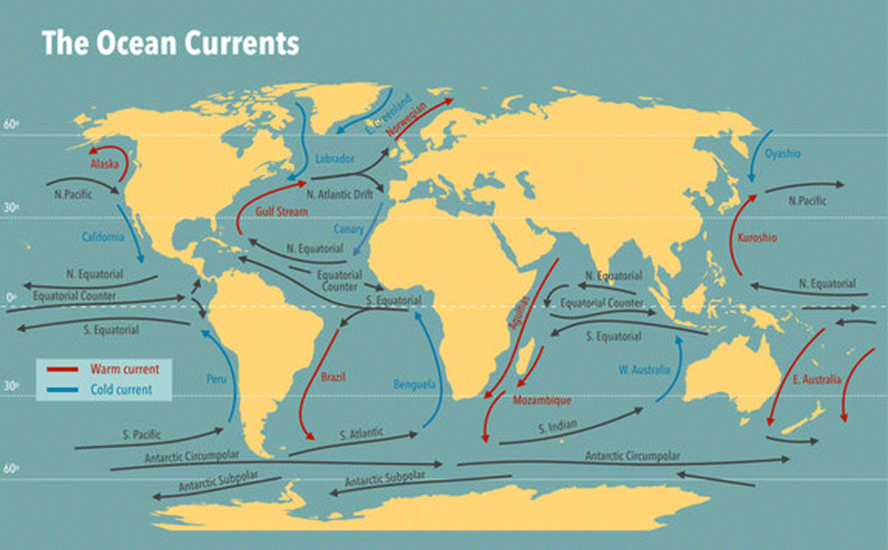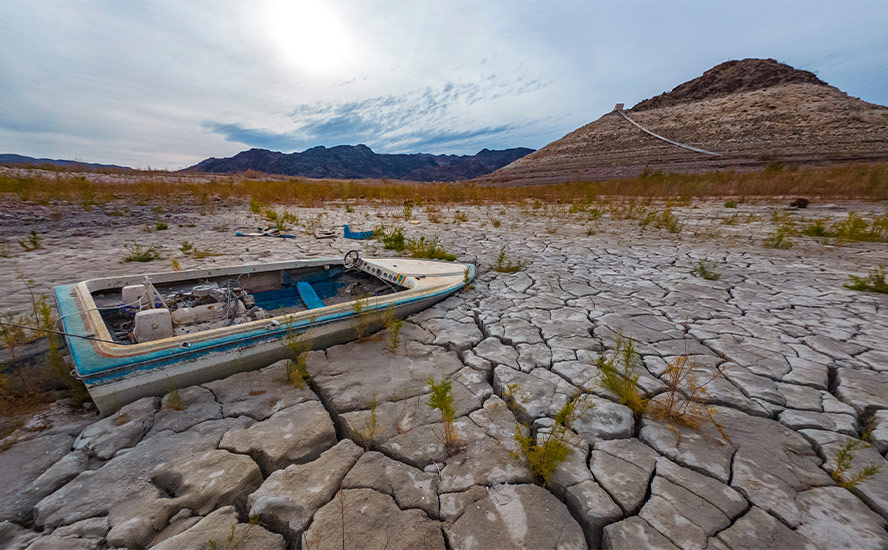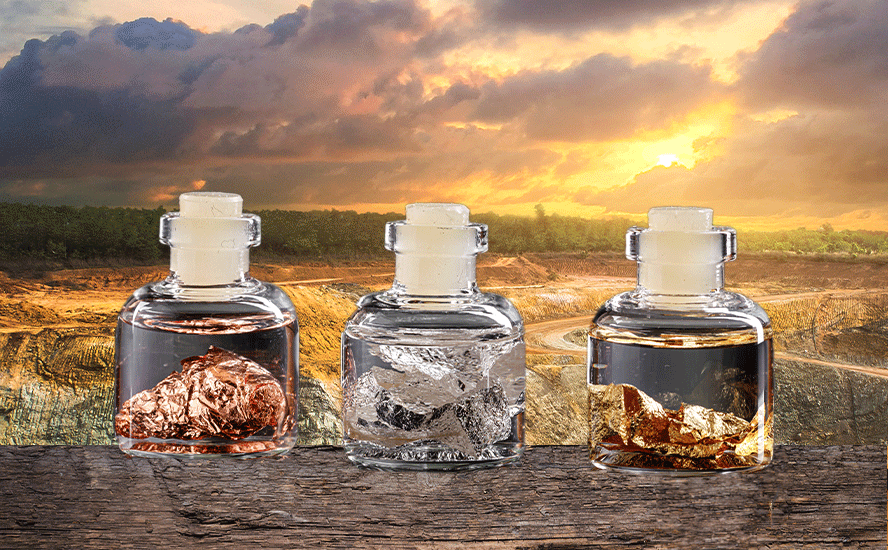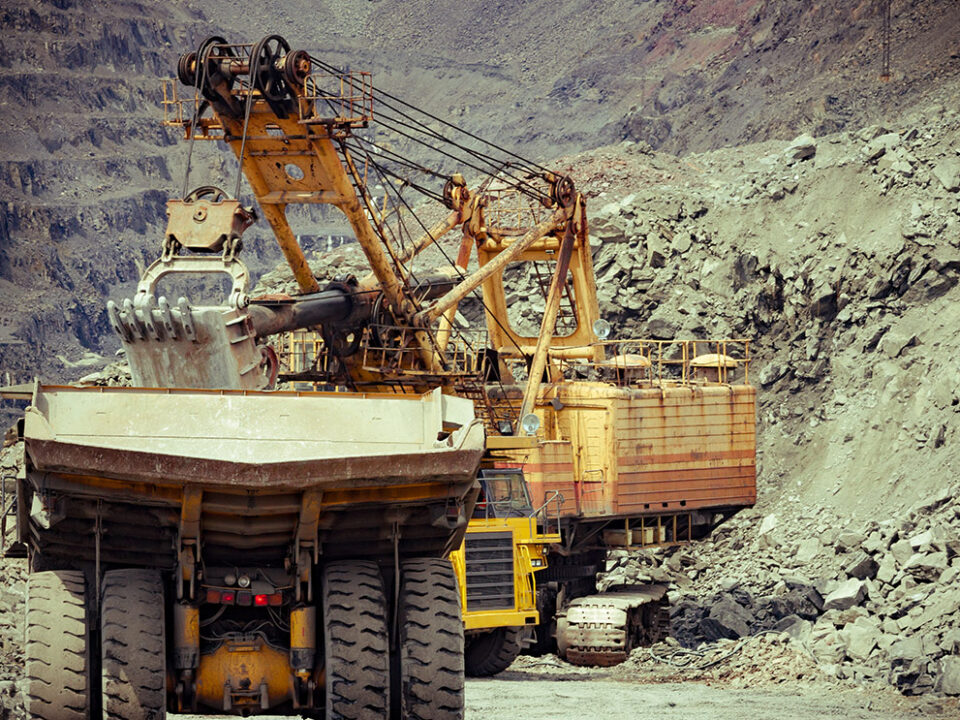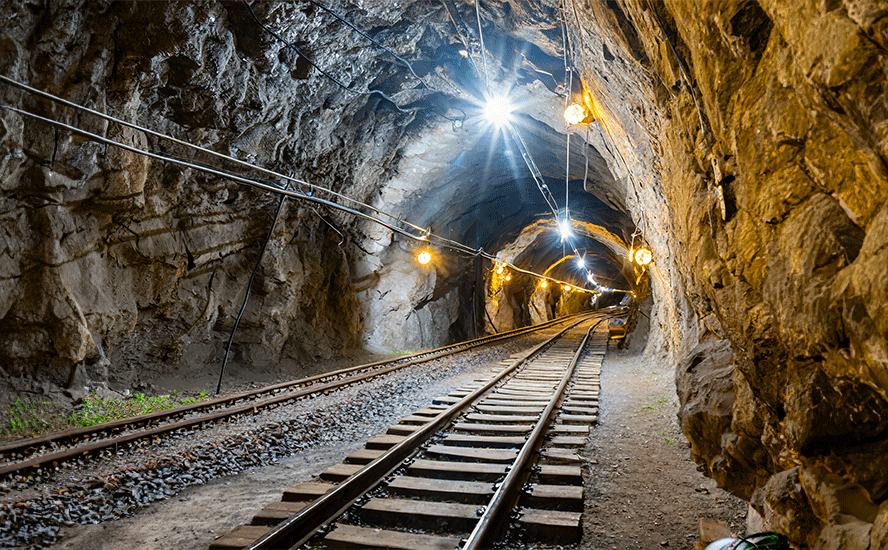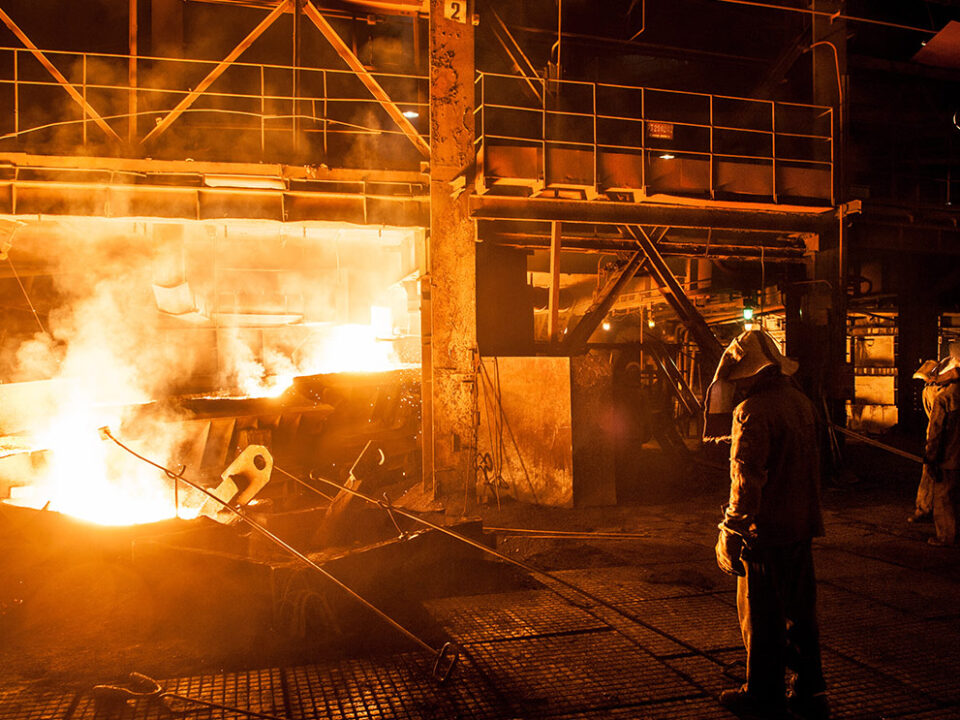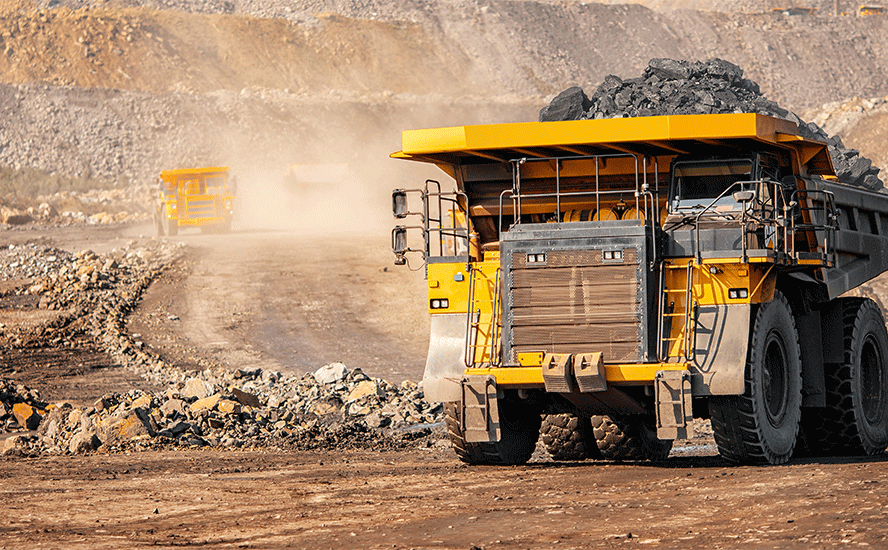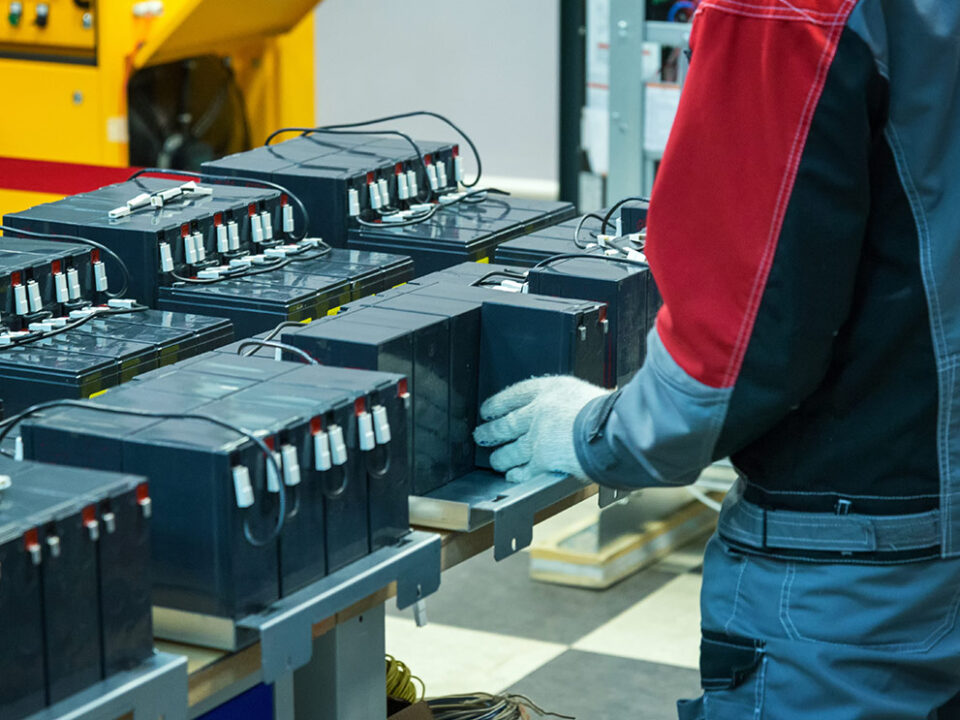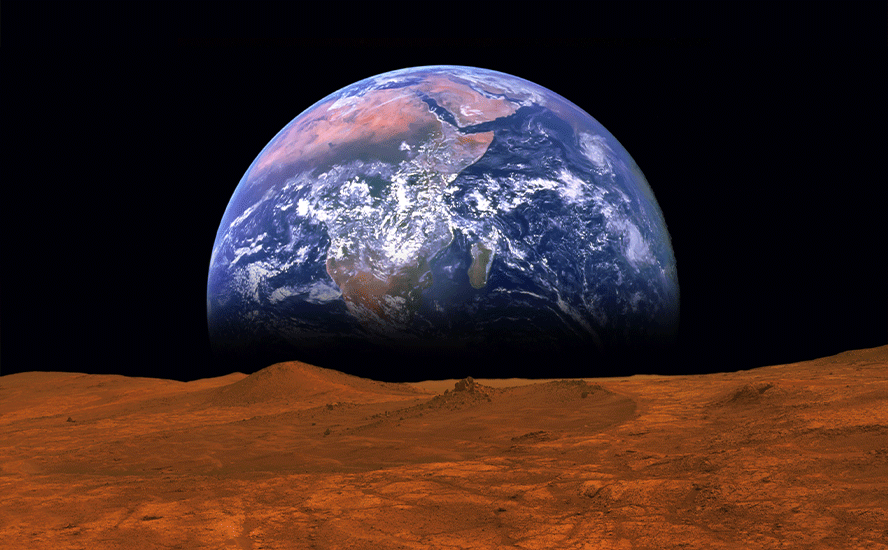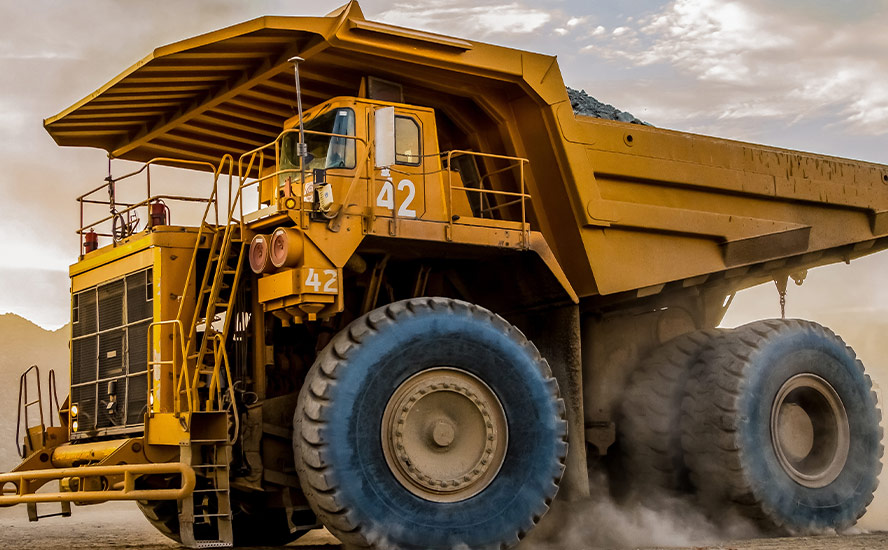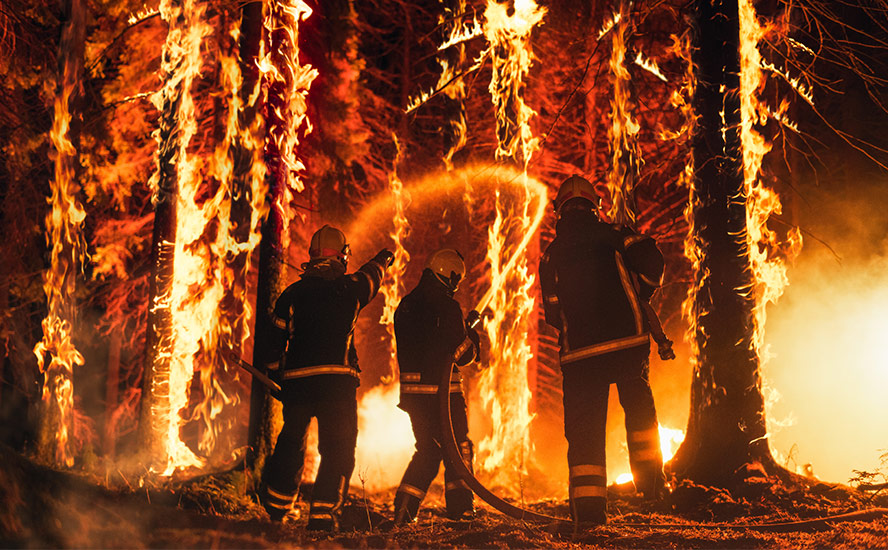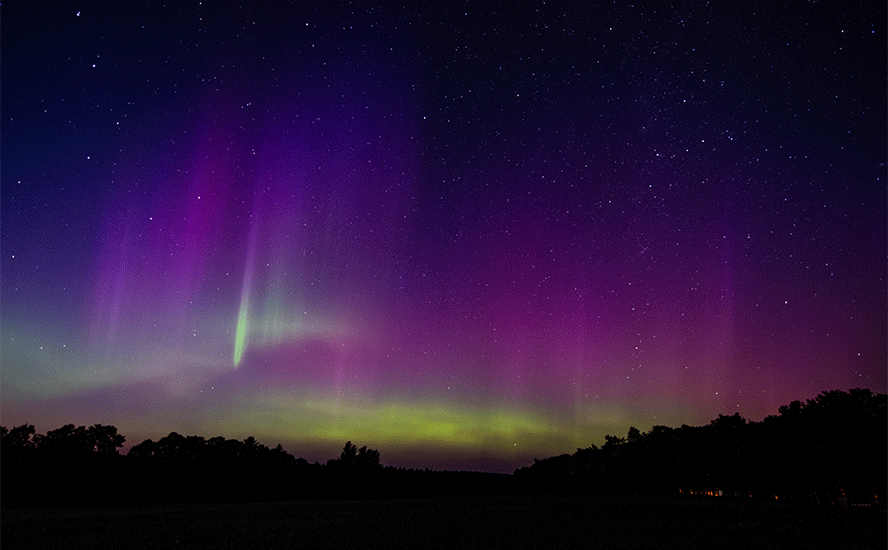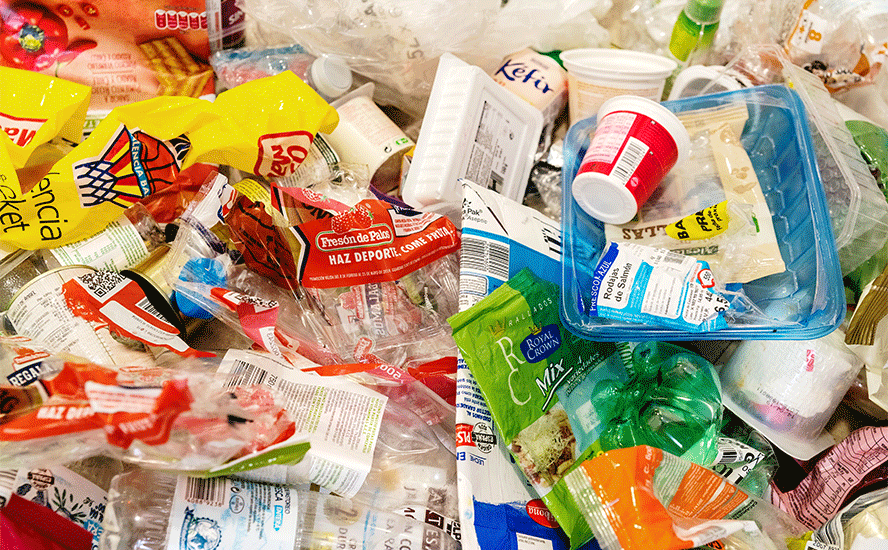All you need to know about VMS

2019.02.28
Between 4,000 million and 2,500 million years ago, the earth had cooled enough for continents to form and the earliest life forms to emerge. The Archean age that defined this time is one of four geological eons.
Between the Archean and the Holocene – the current geological period –
volcanogenic massive sulfides (VMS) were formed on the ocean floor during ancient underwater volcanic activity. Where the earth’s crust was thin, magma boiled up, forming volcanoes which erupted minerals that spewed into the ocean. Minerals also escaped through “black smokers”, mineral-rich plumes that blanketed the seabed. Eventually with the movement of tectonic plates, these mineral deposits ended up on land that was once underwater.
It’s fair to say, then, that VMS deposits have existed since the beginning of the earth.
These deposits are sought after for mining because they usually contain a melange of base metals and sometimes precious metals including zinc, lead, copper, silver and gold. The minerals are often clustered together, making them relatively easy to extract.
Formation
VMS deposits usually form during periods of rifting, when the earth’s crust is stretched thin due to the pushing and pulling of tectonic plates as they move towards and away from each other. As the crust warms, the ground softens, allowing hot magma to move up towards the ocean floor.
The magma either pushes through the earth’s surface, thus forming a volcano, or causes cracks that draw in sea water. The water is super-heated and imbued with minerals, then expelled to the surface through black and white smokers. These plumes of minerals flowing from cracks in the ocean floor eventually settle back to the ocean the further they move away from the heat source.
The continual activity of the smokers and the deposition of minerals on the seafloor eventually form mineralized beds – the black and white smokers of today will become the VMS deposits of tomorrow. Through plate movements, ancient mineral-rich beds are transposed onto land that was once underwater.
Among the settings where these deposits can be found are mid-oceanic ridges, volcanic arcs, back-arc basins, rifted continental margins and pull-apart basins.
While VMS deposits share some characteristics with other deposit types in terms of how the ore was sourced, transported (through hydrothermal fluids) and trapped (eg. in faults and veins), they differ due to their close association with volcanic eruptions and rocks.
Composition
VMS deposits contain mostly base metals and may have lesser amounts of precious metals such as gold, silver and platinum. They are often major sources of zinc, copper and lead, with gold and silver by-products.
Cobalt, tin, barium, sulfur, selenium, manganese, cadmium, indium, bismuth, tellurium, gallium and germanium may also be found in VMS deposits.
We can see where the term “volcanogenic” come from, since the deposits are formed by underwater volcanoes. The “massive sulfides” refers to the large accumulations of sulfide minerals that form on or below the ocean floor.
VMS deposits usually contain abundant iron sulfides (pyrite or pyrrhotite) and lesser amounts of chalcopyrite, the copper mineral, and sphalerite, the zinc mineral.
In general, the copper sulfide chalcopyrite forms in the hot core (central) part of the deposit, while sphalerite and galena (zinc and lead sulfides) are found farthest away from the vent where temperatures are lower. The highest gold concentrations are often in the copper-rich zones and silver is most commonly associated with the zinc or lead-rich parts of the deposit.
Barrie and Hannington (1999) and Franklin et al. (2005) break VMS deposits into five subclasses:
- Bimodal-mafic: the deposit hosts more mafic than felsic volcanic rocks, but mineralization is most often found in the felsic.
- Mafic-associated: mafic volcanic rocks are dominant.
- Mafic-siliciclastic: the deposit has sequences of mafic and siliciclastic volcanic rocks, with felsic, mafic and ultramafic intrusive rocks commonly present.
- Felsic-siliciclastic: Siliciclastic sediment-dominated with major felsic volcanics and minor mafics.
- Bimodal-felsic: Bimodal volcanic sequences, with more felsic than mafic rocks, and minor sediments.
VMS deposits consist of a massive or semi-massive stratabound sulfide lens. Most are underlain by a sulfide-silicate stockwork vein system. Individual massive sulfide lenses can be over 100 meters thick, tens of meters wide, and hundreds of meters in strike length. VMS deposits range from 200,000 tonnes to more than 150 million tonnes and most often occur in clusters.
VMS deposits are estimated to have supplied over 5 billion tonnes of sulfide ore. They currently account for 22% of the world’s zinc production, 9.7% of the lead produced, 6% of copper, 8.7% of silver and 2.2% of gold.
Where in the world
An estimated 900 VMS deposits are found worldwide, averaging about 17 million tonnes each. And they are still being formed, mostly along tectonic ridges where plate movements form cracks in the Earth’s crust – allowing a conduit for ancient minerals to travel up through hot liquids and be deposited, through billowing white and black clouds, onto the sea floor.
The Iberian Pyrite Belt running through Spain and Portugal has about 90 VMS deposits, with some larger than 100 million tonnes. Large VMS mines are in Scandinavia including Boliden’s Garpenberg mine, a 120-million-tonne VMS monster.
VMS deposits in Canada include Flin Flon, Bathurst, Snow Lake and Noranda.
Mines
VMS deposits have long been recognized, by both majors and juniors, as potential elephant country – and because of their polymetallic content these types of deposits continue to be one of the most desirable because of the security offered against fluctuating prices of different metals.
They can also have long lives. The Kidd mine in Quebec, the deepest base-metal mine in the world, is a VMS deposit that has been in production since 1966.
Canadian VMS mines have deposits ranging from five million tonnes to 20 million tonnes, although the Bathurst No. 12 mine dwarfs them all at over 100 million tonnes.
Twenty economically viable VMS deposits were discovered in the Noranda District over 85 years, including Noranda’s Horne Mine in northern Quebec which produced 11.6 million ounces of gold and 2.5 billion pounds of copper from 1927 to 1976.
The Flin Flon Greenstone Belt hosts 27 VMS deposits containing predominantly zinc, lead, copper and gold. It originally contained over 154 million tonnes of ore.
Conclusion
VMS deposits make beautiful mines. You have rich base-metal content and often a precious metals kicker to boot. Usually when gold and silver prices are up, the economy isn’t doing so well and base metals prices are down. The reverse happens during economic booms. This makes a VMS mine a winner during all economic cycles.
They also have scale. A junior that comes upon a VMS deposit will be the belle of the ball as far as attracting mining company suitors looking for a partner, a property or an acquisition, since a VMS mine can produce high metal volumes for many years.
On my radar is a very interesting company developing a VMS deposit in Europe, that I will soon be introducing to my readers.
Richard (Rick) Mills
Ahead of the Herd is on Twitter
Ahead of the Herd is now on FaceBook
Legal Notice / Disclaimer
This document is not and should not be construed as an offer to sell or the solicitation of an offer to purchase or subscribe for any investment. Richard Mills has based this document on information obtained from sources he believes to be reliable but which has not been independently verified. Richard Mills makes no guarantee, representation or warranty and accepts no responsibility or liability as to its accuracy or completeness. Expressions of opinion are those of Richard Mills only and are subject to change without notice. Richard Mills assumes no warranty, liability or guarantee for the current relevance, correctness or completeness of any information provided within this Report and will not be held liable for the consequence of reliance upon any opinion or statement contained herein or any omission. Furthermore, I, Richard Mills, assume no liability for any direct or indirect loss or damage or, in particular, for lost profit, which you may incur as a result of the use and existence of the information provided within this Report.
Legal Notice / Disclaimer
Ahead of the Herd newsletter, aheadoftheherd.com, hereafter known as AOTH.Please read the entire Disclaimer carefully before you use this website or read the newsletter. If you do not agree to all the AOTH/Richard Mills Disclaimer, do not access/read this website/newsletter/article, or any of its pages. By reading/using this AOTH/Richard Mills website/newsletter/article, and whether you actually read this Disclaimer, you are deemed to have accepted it.
